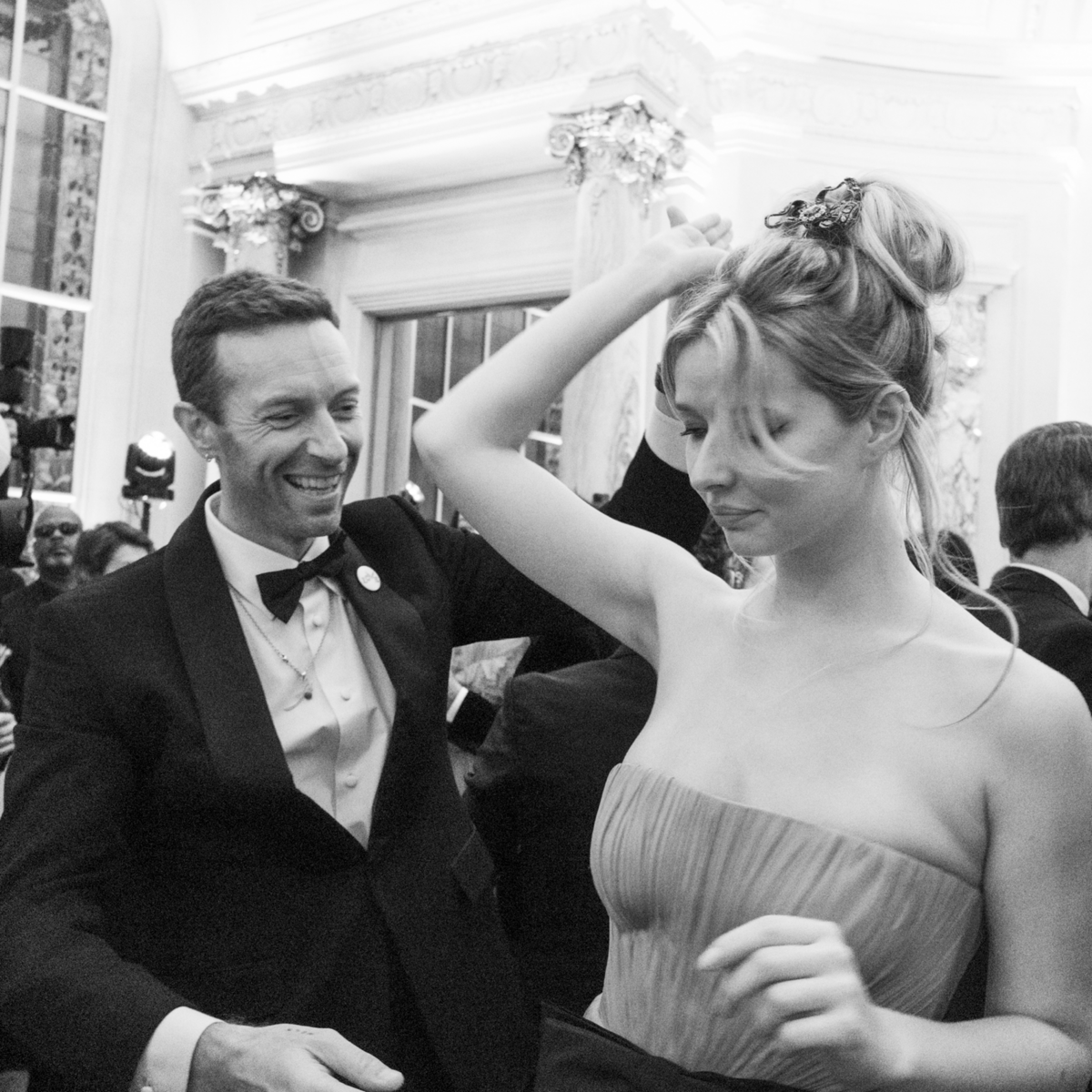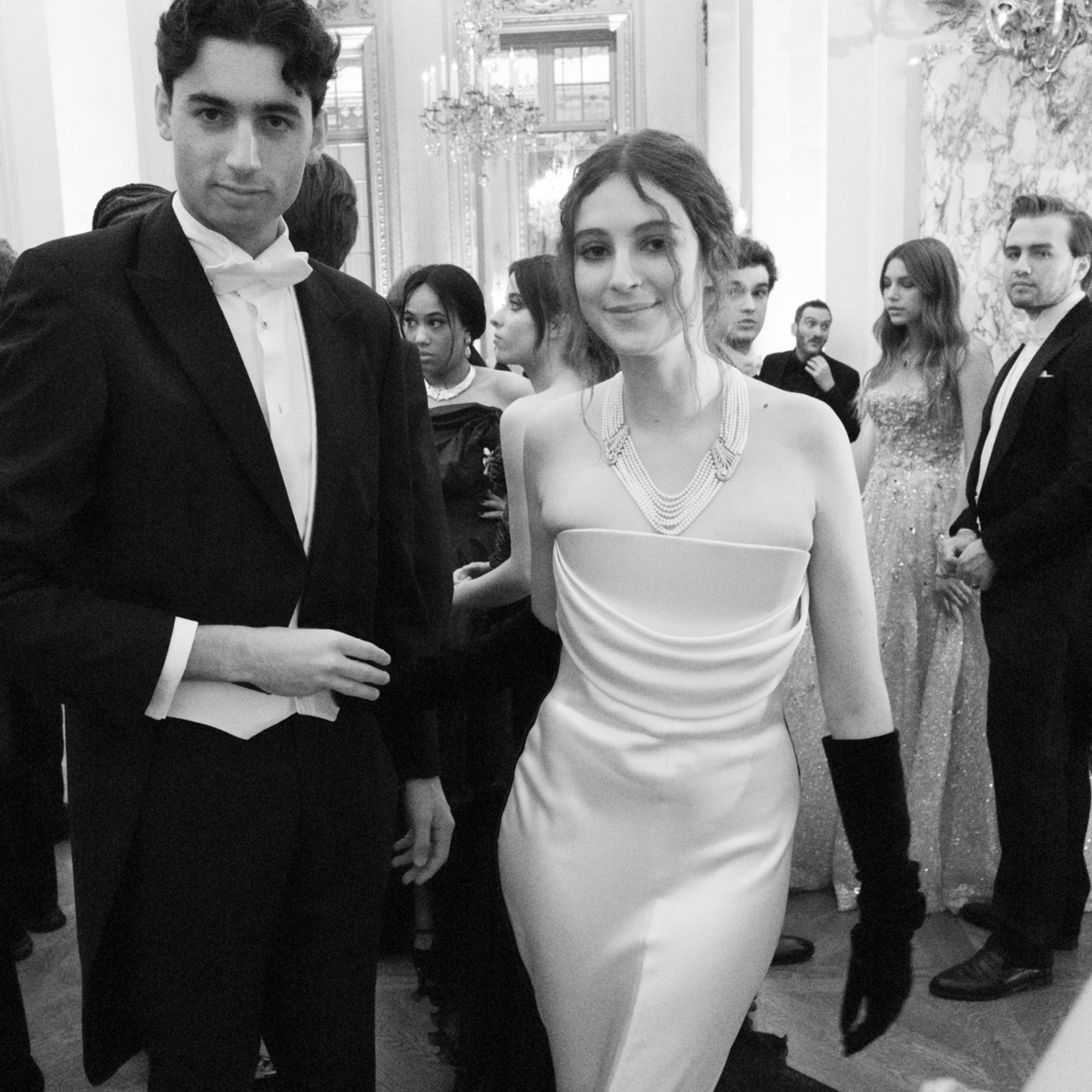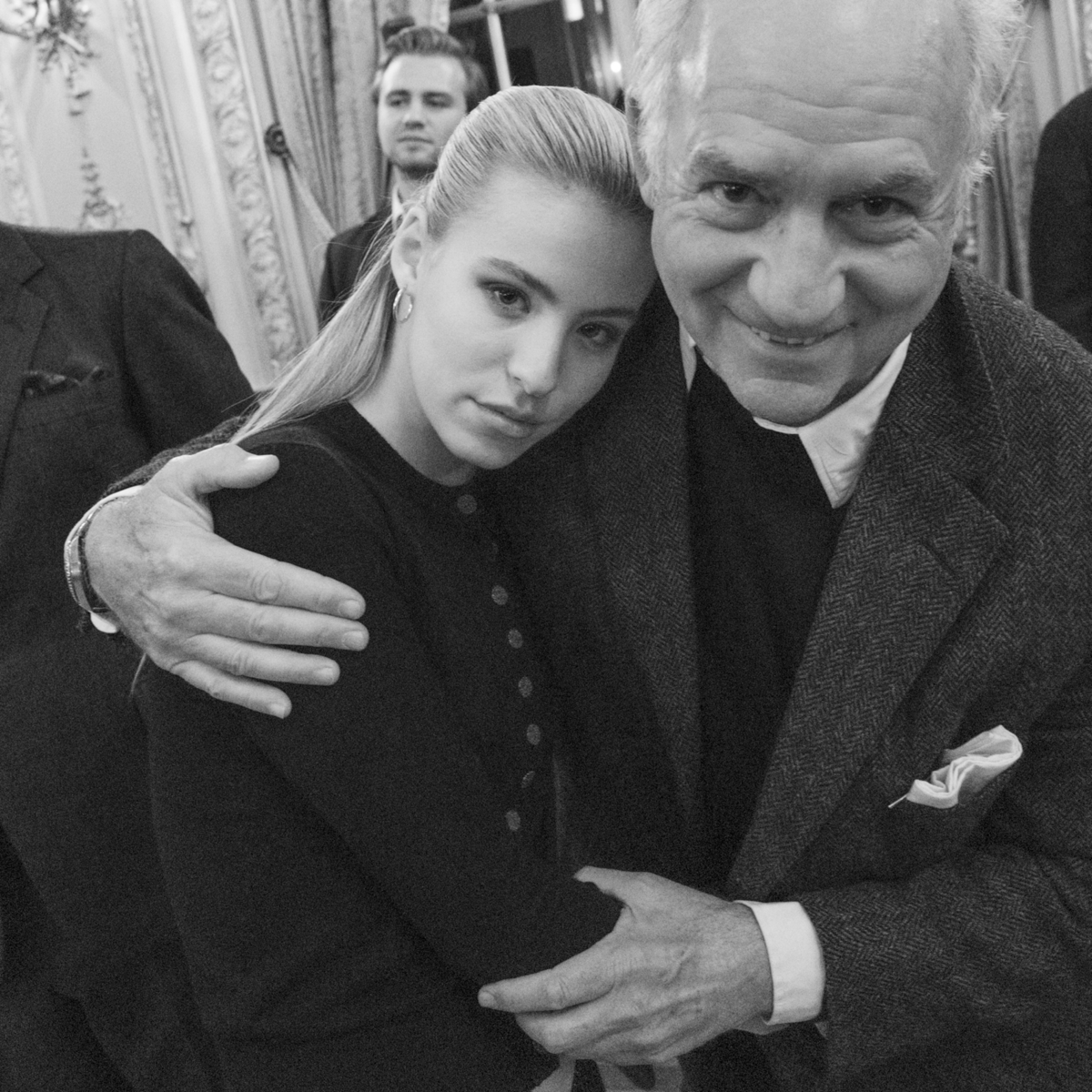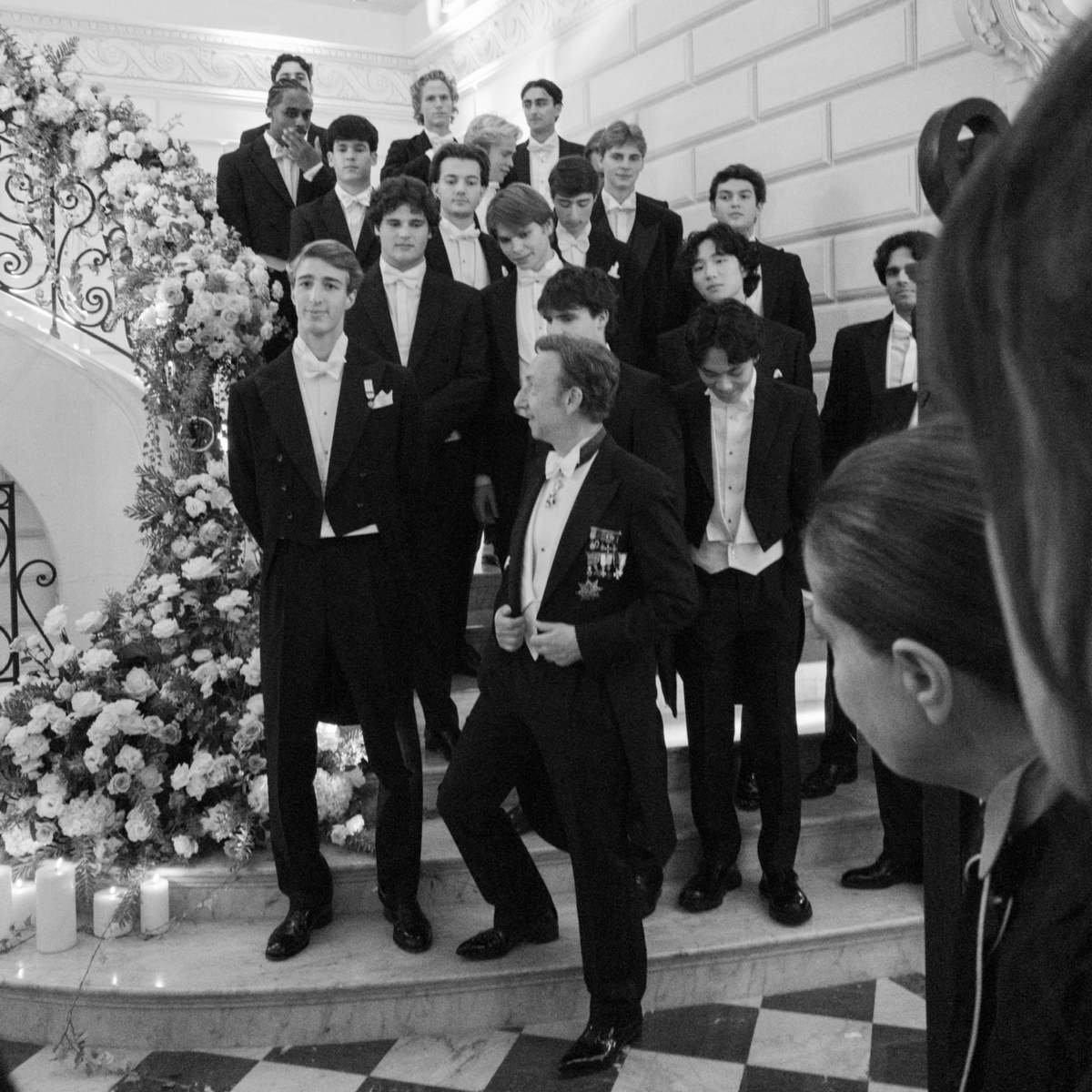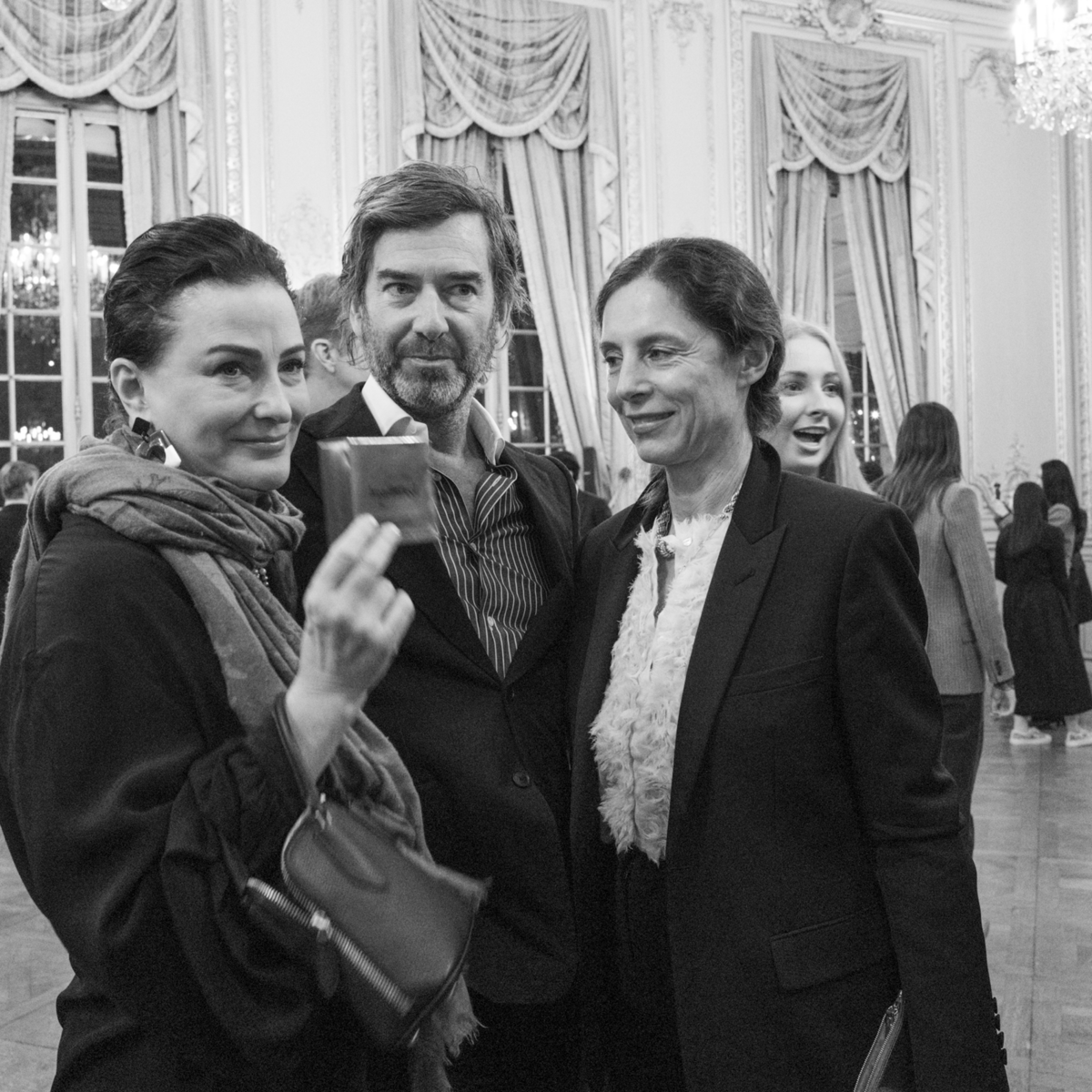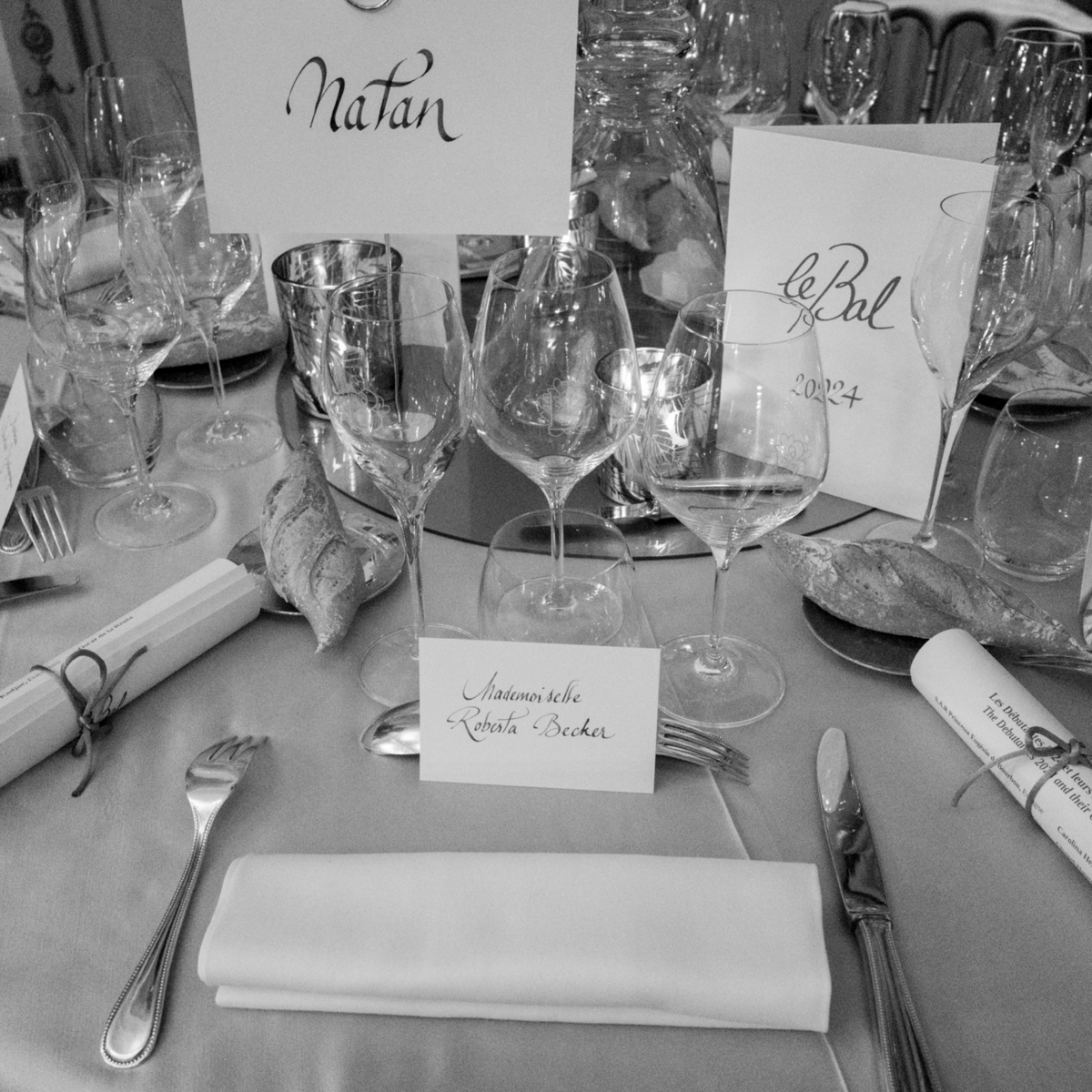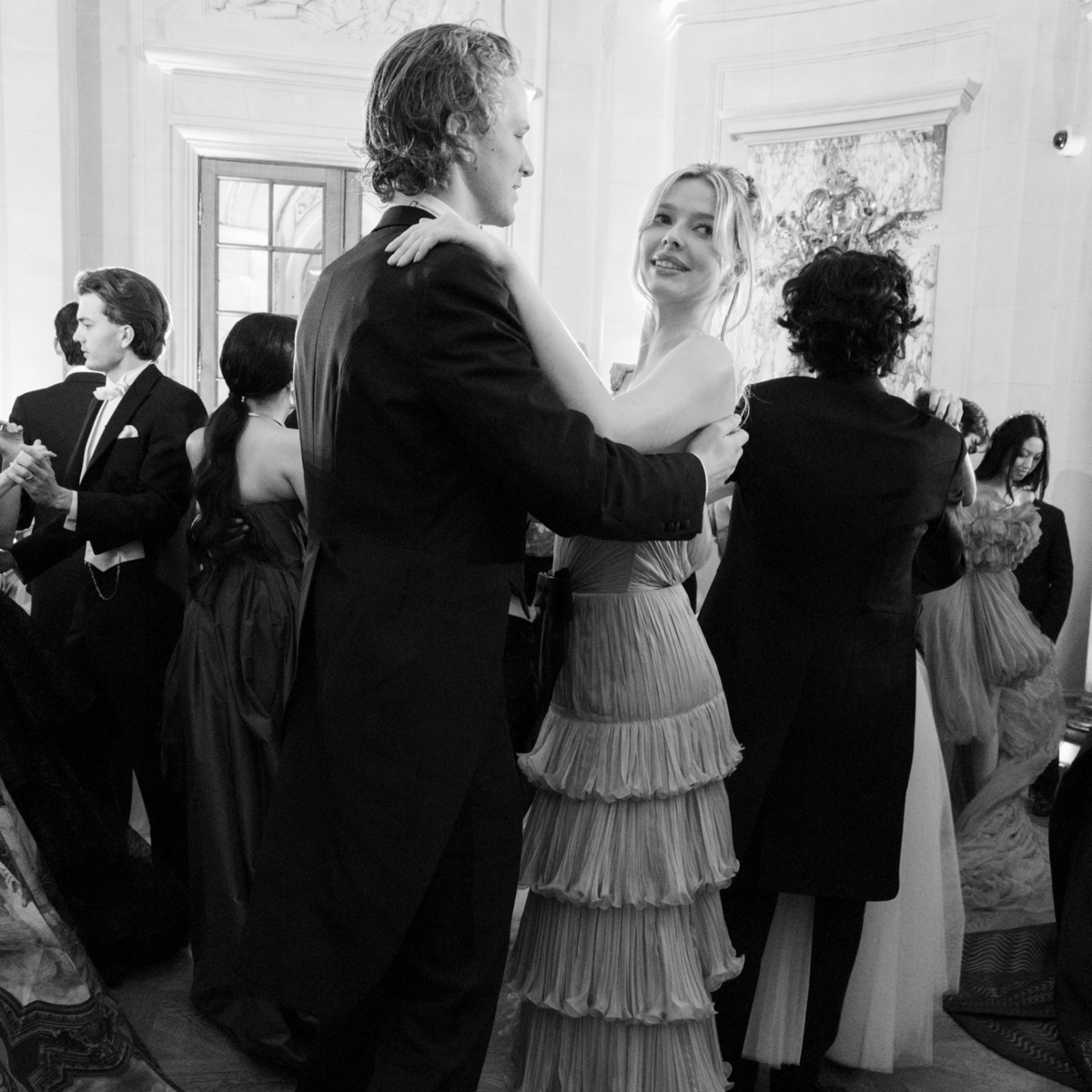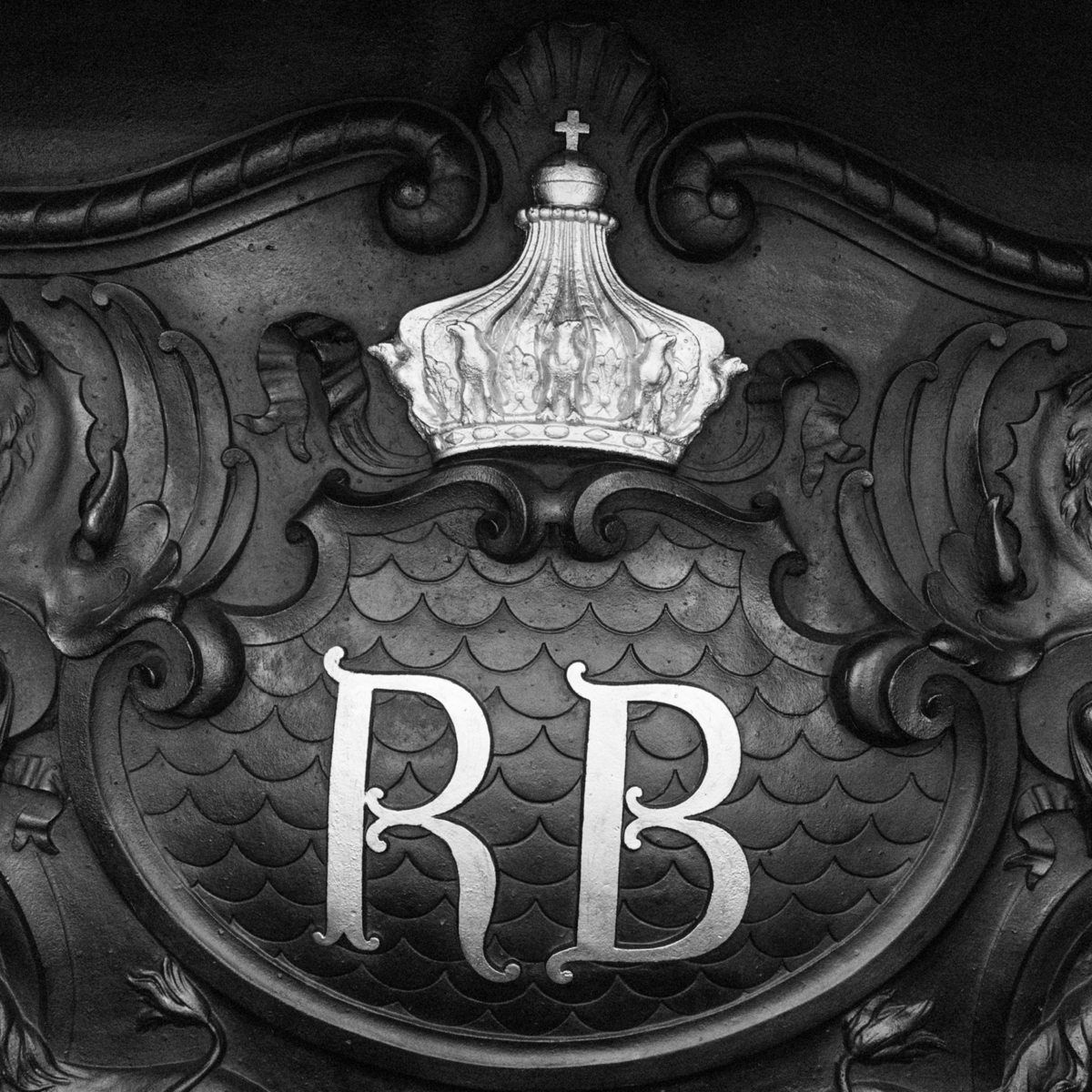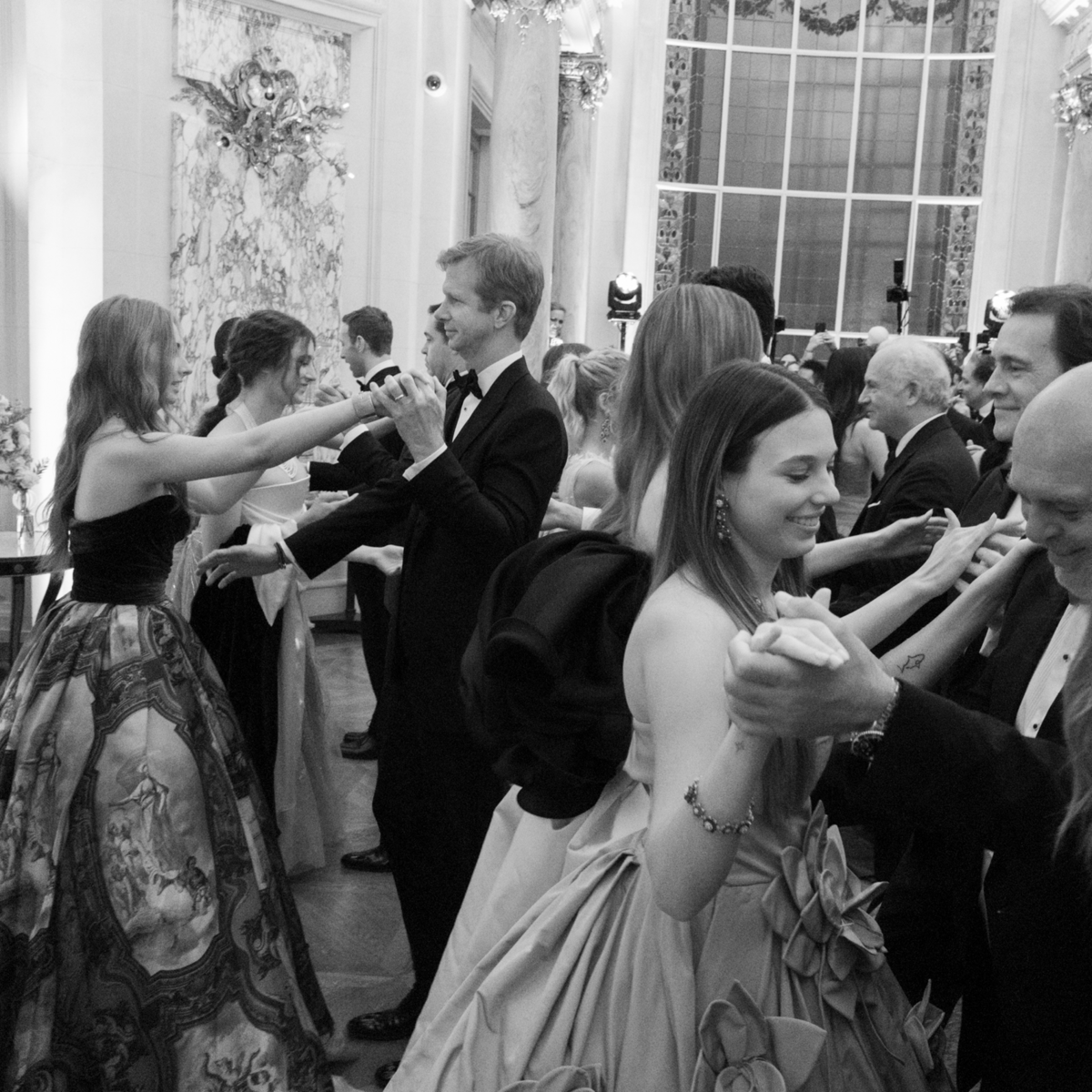A tradition born of real purpose can, over time, calcify into something so peculiar that it obscures why it ever existed at all. It may drift out of fashion, be half forgotten, yet still linger—ready to surface again the moment the original need returns. So it is with le Bal des Débutantes in Paris. It’s back, in a big way. It seems girls on the cusp of adulthood feel a palpable need to announce their readiness for a new role—to “come out.” Le Bal endures because it answers, and elegantly tames, the age-old turbulence of a girl’s passage into adolescence.
Last year, I reported on the 2023 edition—and on my punctual attendance at each edition for 25 years running. I’m still running—back to le Bal this November.
As you read this, I have been granted artistic license to report from there again, in recognition of my faithful annual dispatches. In the past, this license was granted by AIR MAIL co-founder Graydon Carter, whose own empathetic loyalty to the indulgence of le Bal should be appreciated.
Such consistent coverage amounts to a unique experience for your correspondent. Le Bal happens every year on the Saturday after Thanksgiving. Expat turkey—long a recherché Parisian feast, complete with stuffing, sweet potatoes, and Brussels sprouts—is served, flying irreverently in the face of French cuisine.
So, for 25 years, le Bal has been my Thanksgiving. In familial settings, Thanksgivings tend to evolve organically—complete with chaotic fallings-out, familial discord, people of advancing age, insufferably noisy infants, children, pets, and, often, unavoidable awkwardness. I’ve experienced no such cacophony over this last quarter-century.
Le Bal has a reassuringly prescribed set of inviolable, theatrical conformities—the Set (the grand ballroom), the Script (a precisely timed schedule over the course of three days, conducted in hotel luxury at the Shangri-La). Then there are refreshing changes in Wardrobe (couture ball gowns), with new Protagonists (the debutante girls), Supporting Leads (“cavaliers,” or escorts), and new Character Actors (the girls’ families and friends).
The casting recipe, which appears in categories on le Bal’s Web site, mixes a dash of Hollywood with varying annual proportions of the following ingredients: royalty, old money, new money, aristocracy, members of the art world, music world, and editorial and literary stars. Increasingly, the mix is seasoned with the relatively rare, precocious young ladies who’ve achieved remarkable accomplishments in their very few years, such as the American actress Margaret Qualley.
Thursdays begin with a Thanksgiving dinner chez Ophélie Renouard, the patroness of le Bal, and on Friday mornings rehearsals and preparations begin in earnest. The debutantes slip into their gowns and jewelry (including some tiaras) for formal portrait sittings.
Last year, at the Friday-evening waltz class, the mothers radiated pride and admiration, while the fathers betrayed a particular lament—one their daughters weren’t entirely oblivious to, even as they stood on the cusp of their debuts. The fathers lingered, stretching out the waltz instruction for a few extra minutes, as if to hold on to those final moments with their girls. Then comes the rehearsal dinner, and a long Friday draws to a close.
On Saturday, attendees sleep in until the mid-afternoon call time. Dinner begins at eight P.M. in one of the Shangri-La ballrooms. The girls dine privately, sequestered with their escorts until dessert, when—amid great fanfare, music, and applause—they parade through the tables: first pair by pair with their cavaliers, then individually.
The ceremonial ballroom waltz begins after digestifs and coffee. First, debutantes dance with fathers, uncles, or senior family friends, until the music shifts from Johann Strauss’s Blue Danube to a D.J.—ushering in more gyrational dancing. After about an hour, the girls are done. They’ve made their debut. A quick change into blue jeans and they’re off to posh Parisian nightclubs with the boys and discreet security men-cum-chaperones.
It isn’t all over until Sunday, reserved for a gossip-fest breakfast. Last year, H.R.H. Princess Eugénia de Borbon charmed all the guests, with the Imperial and Royal Archduke Karl-Konstantin Habsburg-Lothringen standing by as her cavalier.
The same weekend, the two children of the Chinese director Zhang Yimou, Daniel and Angel, attracted 500 million views on Chinese social media. The lovely Rysa Panday, daughter of the Indian actor Chunky Panday, was almost as “followed.”
The Western world was well represented by the ravishing Lucia Ponti, Sophia Loren’s granddaughter. Apple Martin, the daughter of Coldplay’s Chris Martin and Gwyneth Paltrow, drew plenty of attention on the arm of the dashing Count Leo Henckel von Donnersmarck. Apple’s grandmother, the actress Blythe Danner, was also in tow, along with her friend, the designer David Netto, and his daughter.
The British contingent included Oona Finch, the daughter of the businessman Charles Finch, who cavorted with her compatriot, Poppy Halard, the daughter of the architect Bastien Halard and the renowned landscape designer Miranda Brooks.
The socialite and author Marina Rust returned to relive the joy vicariously with her daughter, Lara, a 2023 debutante, along with her pals Eleanor and Olivia Ford Uzielli, who made their debuts at le Bal in 2022 and 2023, respectively.
As with last year, le Bal 2025 will welcome major families from an increasingly diverse range of countries, including Eliza Lindroth, the very first Bahamian deb.
There’s Lady Araminta Spencer-Churchill, the daughter of the 12th Duke of Marlborough; the German princess Eugenia von Hohenzollern; the great-granddaughter of the last King and Queen of Italy, Gabrielle Janssens de Balkany; and her royal cousins, H.R.H. Eulalia d’Orléans Bourbon and H.R.H. Isabelle d’Orléans.
The Hollywood contingent features Bronwyn G. Vance, the daughter of actors Angela Bassett and Courtney B. Vance, and Ruby Kemper, the granddaughter of Kirk Kerkorian, Metro-Goldwyn-Mayer’s former owner. Stateside debutantes will also include Carolina Lansing, the granddaughter of her namesake, Carolina Herrera.
From Asia, there’s Alice Wang, whose father founded the world’s top electric-car company, BYD, and Ella Wadia, whose nearly 300-year-old family business—comprising Go First, Bombay Dyeing, and Bombay Realty—is India’s oldest conglomerate.
Other circles are already whispering about this year’s ball-gown couture—with a roster that includes dresses by everyone from Carolina Herrera, Dior, Elie Saab, Stéphane Rolland, Guo Pei, and Schiaparelli to Georges Hobeika, Armani Privé, Antonio Grimaldi, Oscar de la Renta, Vera Wang, Chrome Hearts, and Rick Owens.
A decade or so ago, le Bal prohibited cell phones and unauthorized photography, tightly controlling all press exposure. It was forbidden to photograph or publish unauthorized images. For 18 years, Graydon and I had the exclusive for the entirety of the United States.
Now social-media postings have become essential to the girls’ identities—the debs snapping away on their little gadgets and posting mere instants later to their followers. It makes the idea of “coming out” more alluring than ever, in what has become known as “the Met Gala for teenagers.”
The debs evolve stunningly fast—a coming-of-age metamorphosis unfolding inside a larger cultural one. This old-world ritual is being re-interpreted through explosive, contemporary modes of communication, driven by the debs themselves. And so it grows.
Jonathan Becker is a New York–based photographer

